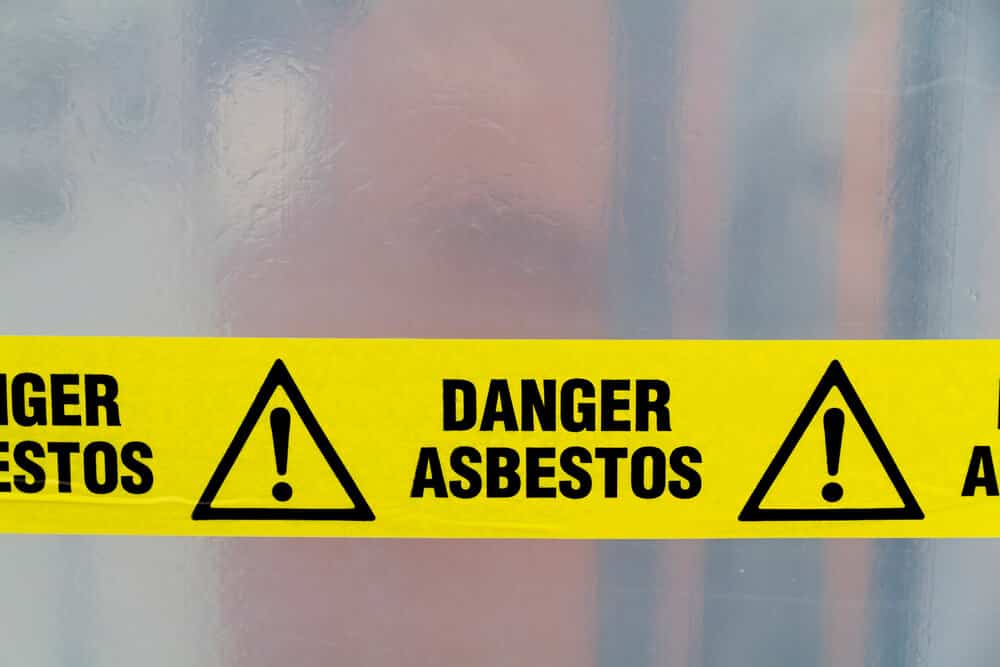Because your weekend project shouldn’t come with a hazmat suit.
You’ve got your playlist on, your sleeves rolled up, and your trusty pry bar in hand. That dated tile, popcorn ceiling, or old linoleum is finally meeting its match. But before you start swinging, scraping, or sanding, there’s one not-so-fun thing you need to consider: asbestos.
We know—it’s not exactly the exciting part of home improvement. But if your home was built before the 1980s (and sometimes even into the ‘90s), there’s a good chance asbestos is quietly lurking in your walls, floors, ceilings, or insulation. And trust us, disturbing it is not worth the risk.
Why Is Asbestos So Dangerous?
Asbestos was once a “miracle material,” praised for its heat resistance, durability, and insulating properties. Unfortunately, we later discovered that inhaling even tiny asbestos fibers can cause serious health issues like:
- Lung disease
- Mesothelioma
- Asbestosis
- Lung cancer
The scariest part? You can’t see or smell asbestos fibers. Once disturbed, they become airborne and can hang around long after your project is finished. The only way to know if it’s there is through professional asbestos testing—and the only way to stay safe is to leave it alone or have it removed properly.
Where Asbestos Might Be Hiding in Your Home
If you’re taking on a renovation in an older home, be aware of the most common spots where asbestos might still be present:
- Popcorn ceilings and textured walls
- Vinyl floor tiles and the adhesives beneath them
- Linoleum flooring
- Plaster, drywall joint compound, and caulking
- Pipe insulation, HVAC ducting materials, and attic insulation
- Roof shingles and siding
If your house was built before 1990 and you’re planning to demo anything that looks old, textured, or oddly thick, get it tested first. It’s quick, affordable, and gives you peace of mind.
The Risks of DIY Renovation with Asbestos
Scraping, sanding, sawing, or even just prying up old materials can send microscopic asbestos fibers into the air. Once inhaled, they settle deep into your lungs—where they stay.
DIY asbestos removal isn’t just unsafe—it’s illegal in many areas because of the health risks. Professional asbestos removal teams are trained, equipped, and licensed to handle these materials safely.
Asbestos Safety Tips for Homeowners
If you’re planning a renovation, follow these asbestos safety guidelines:
- Don’t disturb suspicious materials.
- Schedule asbestos testing before starting your project.
- Avoid power tools on older materials—these increase the risk of fibers becoming airborne.
- Seal off work areas with plastic sheeting if needed, but understand this is not a substitute for proper removal.
- Wear proper protective equipment if you’re handling older materials, but know that PPE won’t fully eliminate the danger.
When in Doubt, Call the Pros
At Fischer Restoration, we specialize in safe, high-quality renovations—and we take asbestos seriously. Whether you’re dreaming of a new kitchen, updating your bathroom, or opening up a floor plan, we make sure every step of the project is handled safely, correctly, and up to code. So you can focus on the fun stuff—without worrying about what’s lurking behind your walls.
Contact us today to protect your health and your home.

